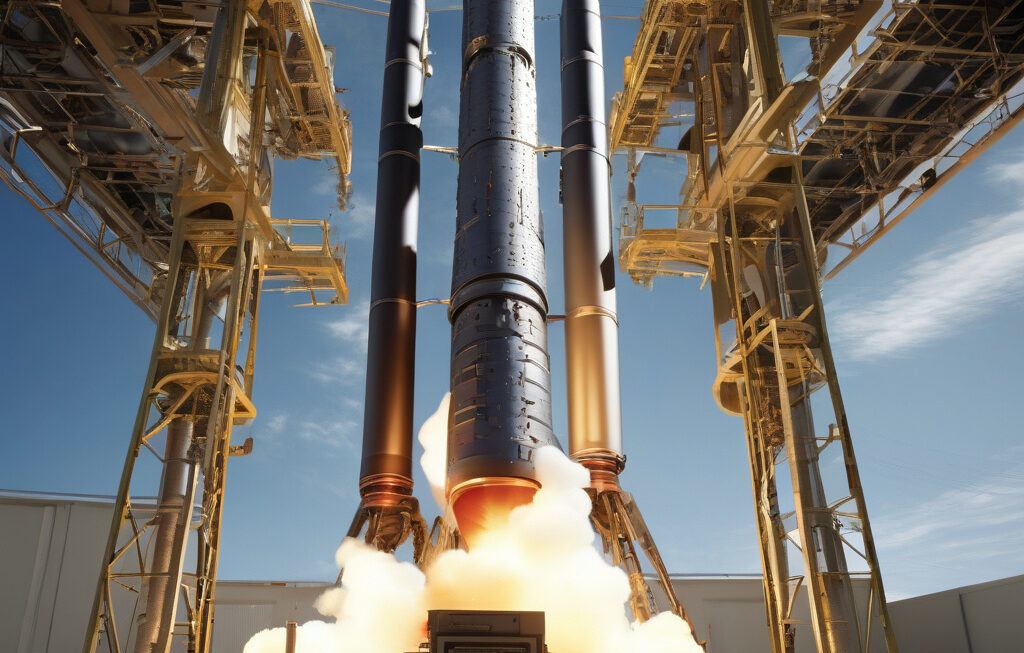Superpowers, Sea Drones, and Strategy: How the Indo-Pacific is Re-Arming
“Front Lines”, Christopher McFadden’s column, examines warfare past, present, and future. McFadden analyzes cutting-edge military technologies and strategies that are shaping the geopolitical landscape in the Indo-Pacific region.
In recent years, the Indo-Pacific has emerged as a hotbed of strategic competition, with major powers like the United States, China, Russia, and India vying for influence and control. This competition is increasingly playing out in the maritime domain, where sea power and naval capabilities are taking center stage.
One of the most significant developments in naval technology is the rise of unmanned sea drones. These autonomous vehicles are revolutionizing maritime operations by providing persistent surveillance, reconnaissance, and strike capabilities without putting human lives at risk. Countries across the region are investing heavily in sea drones to enhance their naval power projection and safeguard their maritime interests.
For example, the United States Navy has been expanding its fleet of unmanned underwater vehicles (UUVs) and unmanned surface vessels (USVs) to counter China’s growing naval presence in the South China Sea. These sea drones can gather intelligence, track enemy submarines, and even deploy weapons in contested waters, giving the U.S. a strategic edge in the region.
Similarly, China has been rapidly developing its own fleet of sea drones, including autonomous surface ships and underwater gliders, to assert its maritime claims and protect its sea lines of communication. By deploying these unmanned platforms, China can extend its maritime surveillance and reconnaissance capabilities, monitor foreign naval activities, and potentially disrupt enemy operations in the region.
In addition to sea drones, superpowers in the Indo-Pacific are also investing in advanced naval technologies such as hypersonic missiles, electromagnetic railguns, and integrated air and missile defense systems. These cutting-edge capabilities are reshaping the future of naval warfare, enabling faster response times, greater precision, and enhanced lethality in a contested maritime environment.
The strategic implications of these developments are profound. As sea drones and other advanced technologies proliferate in the region, the balance of power in the Indo-Pacific is shifting, raising the stakes for regional security and stability. Navies are now required to adapt to the evolving threat landscape, develop new operational concepts, and enhance their interoperability with allies and partners to maintain a competitive edge.
In conclusion, the re-arming of the Indo-Pacific with superpowers investing in sea drones and advanced naval technologies is reshaping the strategic dynamics of the region. As competition intensifies and new threats emerge, navies must innovate and modernize to meet the challenges of a rapidly evolving security environment. The future of maritime power projection in the Indo-Pacific will be defined by those who can harness the full potential of cutting-edge military capabilities to secure their national interests and shape the course of history.
Indo-Pacific, Sea Drones, Superpowers, Naval Technology, Geopolitics












